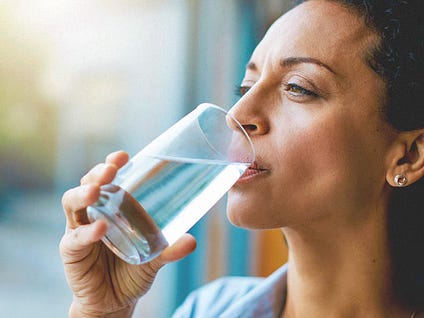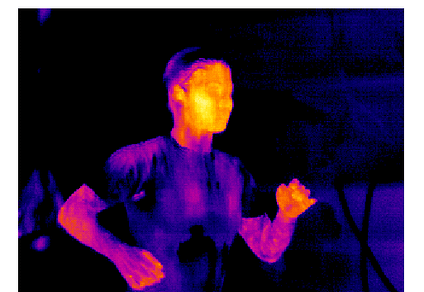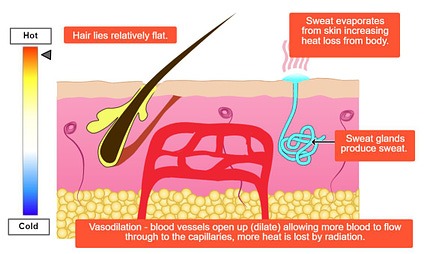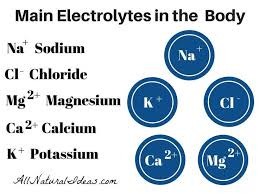
In my previous post, I outlined how hot and humid climates increase the rate of dehydration during exercise, as well as at rest. Although replenishment and maintenance of fluid balance is integral in maintaining homeostasis, content of fluids are of equal importance.

During moderate to intense exercise, carbohydrates become a primary contributor to energy production through the glycolytic pathway (Kenney, Wilmore, & Costill, 2012). The human body has the capability to store up to an average of 2,500 kcal of energy in the muscle and liver (Kenney et al., 2012). However, these stores do not last long during extended periods of exercise. Moreover, exercise increases body temperature as a byproduct of energy metabolism. In order to maintain thermoregulation, heat is removed by producing sweat primarily through evaporation (Kenney et al., 2012).

Up to 80% of sweat during exercise is removed through this mechanism (Kenney et al., 2012). This process, however, occurs at a cost. As sweat is produced, essential compounds that are involved in nerve conduction and muscle contraction are lost as well. Sodium, chloride, and potassium are examples of these compounds. It is important, then, to replenish these in conjunction with water during exercise.

Berardi and Andrews (2010) suggests that deficiencies in electrolytes can be related to things such as fatigue, insomnia, and muscle cramps among others. In conjunction with replenishing fluids, Berardi and Andrews (2010) recommends placing a carbohydrate/electrolyte/water combination for clients during exercise. The reasoning for this combination is because of the unique and beneficial interaction of all three compounds; Carbohydrate consumption helps keep plasma glucose level, but it also facilitates water absorption in the body. For every gram of carb consumed, 3-4 grams of water is stored. Electrolytes such as sodium and potassium are also beneficial to have in solution because of their integral role in muscle contraction and nerve impulse conduction. Berardi and Andrews (2010) recommends a mix of no more than 10% electrolyte and carbohydrate concentration as it may cause GI distress. Maintaining concentrations below this level will help balance electrolytes lost via sweating and evaporation during periods of intense activity.
Dehydration is a problem that can be avoided by instilling appropriate behaviors and prevention strategies early in a client’s training program. Encouraging the client to consume fluids on a frequent and regular basis, with adequate carbohydrate and electrolyte concentrations, will assist in this process.
References
Berardi, J., & Andrews, R. (2010). The essentials of sport and exercise nutrition: Certification manual (1rst ed.). Toronto, ON: Precision Nutrition Inc.
Kenney, W.L., Wilmore, J.H., & Costill, D.L. (2012). Physiology of sport and exercise (5th ed.). Champaign, IL: Human Kinetics.
-Michael McIsaac
